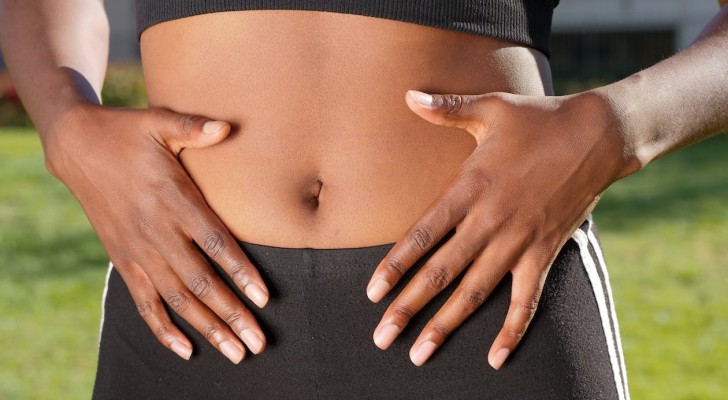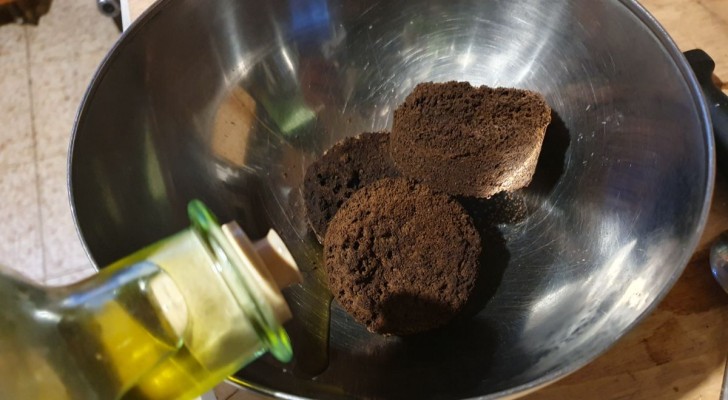Oral hygiene: how to properly clean and sanitize toothbrushes and toothbrush holders
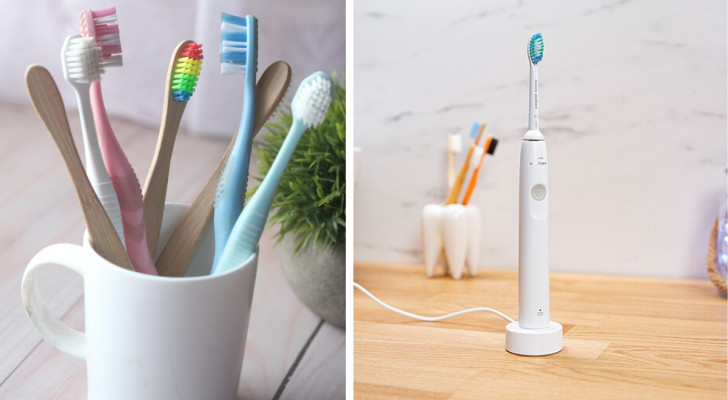
Brushing your teeth after every meal is one of the first we are taught to do as kids. However, this brushing must be carried out correctly to be truly effective, as well as requiring the right, clean tools.
How many times have you stopped to think about the need to keep your toothbrush hygienic? Periodically replacing a toothbrush does not completely protect you from the possible proliferation of germs and bacteria, and simply rinsing it after use is not sufficient to clean it properly. In short, you need to clean your toothbrush properly.
So, what's be best way to clean and sanitize your toothbrush and toothbrush holder? Let's find out:
Correct cleaning of a non-electric toothbrush
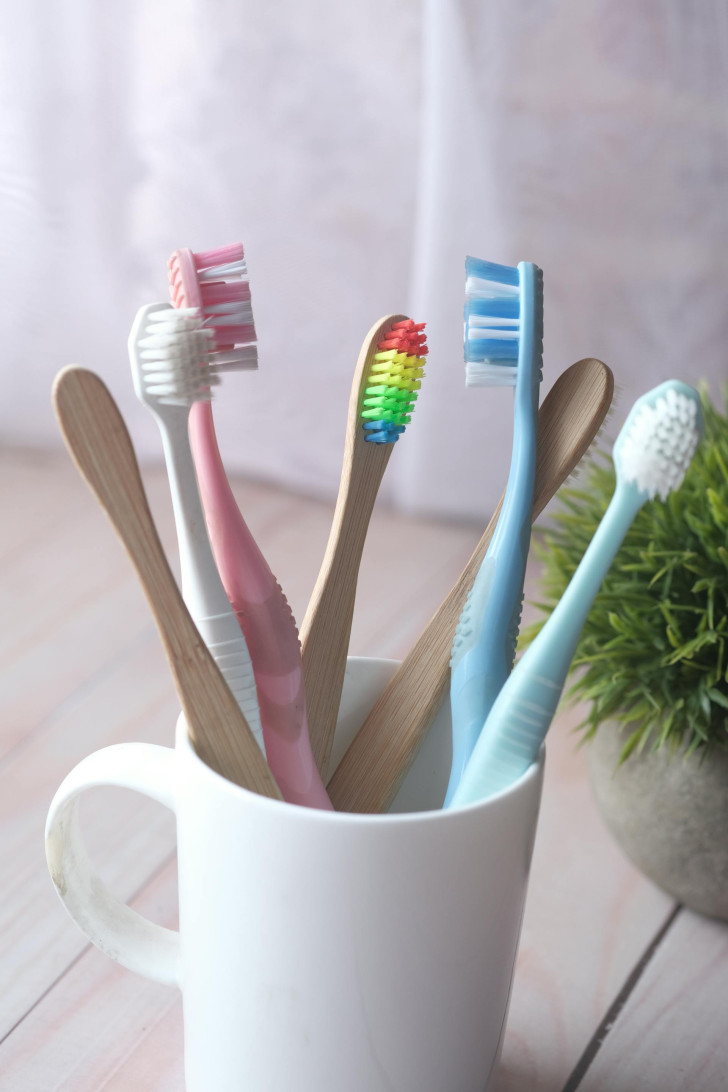
It is recommended that you clean and sanitize your toothbrush 2 or 3 times a week. To this end, thre are various products that you can use:
- Baking soda: dissolve a spoonful of baking soda in water and immerse the toothbrush in it for 2 hours. Once done, rinse off and put it away;
- White vinegar mixed with water in equal parts is a perfect solution if your toothbrush is stained. Again, leave the toothbrush to soak for 2 hours;
- Hydrogen peroxide and mouthwash: pour 5 ml mouthwash into a glass and add enough hydrogen peroxide to cover the entire head of your toothbrush. Immerse the toothbrush in this for 2 hours, then rinse off and place it back in the toothbrush holder.
In addition to cleaning, it's important to know how to store your toothbrush:
- Place your toothbrush in the vertical position to help the bristles dry;
- Avoid storing the toothbrushes of all the family members together, to prevent contamination risks;
- Although it may seem like a good rule, using a cover over for your toothbrush's head is not a good idea, since it creates a humid environment around the bristles which encourages bacteria and mold to grow;
- Replace your toothbrush every 3 months, or when you notice that the bristles are starting to wear out.
Correct cleaning of an electric toothbrush
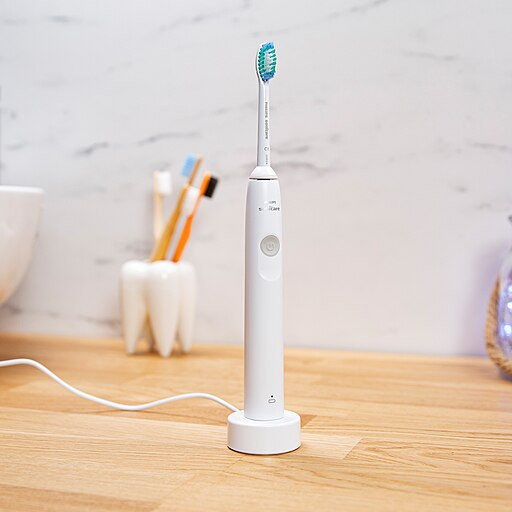
electricteeth/Wikimedia Commons
To clean an electric toothbrush, you can use the same products described above, but you will need to remove the head to sanitize and dry it off properly. In addition to cleaning the head, however, you will also need to take care of the body and the charging base (which can also attract mold and bacteria).
- After each use, wipe the body of the toothbrush with a sanitizing wipe or with a cloth moistened in white vinegar or hydrogen peroxide;
- Also carefully clean the charging base using a sanitized wipe or a clean cloth moistened in white vinegar or hydrogen peroxide (to remove limescale and mold residue);
- Allow all the pieces to air dry separately and assemble them only once dry.
Correct sanitization of the toothbrush holder
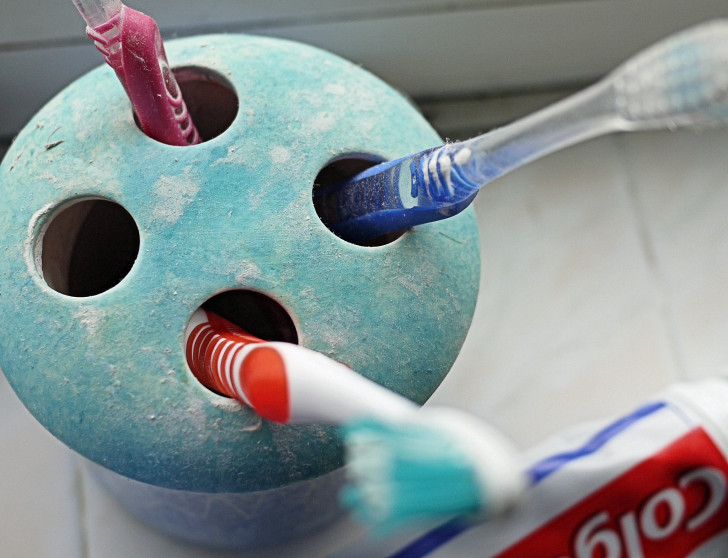
To be thorough, you must also regularly clean the toothbrush holder. This must be carefully rinsed and dried after each use and, once a week, it must be cleaned and sanitized more thoroughly.
For this weekly sanitation, rinse out the toothbrush holder carefully with water and Marseille soap, taking care to eliminate stains and dirt build-up; then, fill the holder with a solution (described below) to deal with a specific problem you've noticed:
- Mold: if you find mold, fill your toothbrush holder with hydrogen peroxide. Leave to soak for 30 minutes before rinsing out with hot water and drying;
- Limescale: if your problem is stubborn limescale, use a solution of equal parts water and white vinegar or a solution of 200 grams of citric acid in 1 liter of water. Again, leaving fo soak for 30 minutes before rinsing out with hot water and drying:;
- Stains: to remove stains from your holder, fill the holder with water and dissolve a spoonful of baking soda into it. Leave to soak until you see the stains have disappeared.
Taking these measures, your oral hygiene will be perfect!



